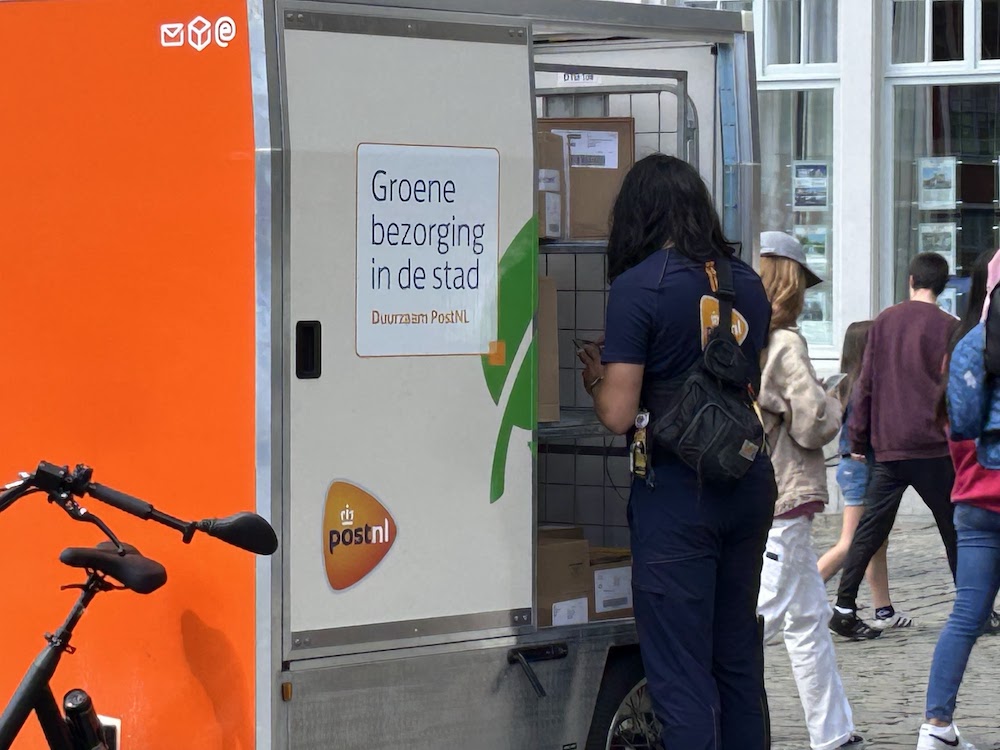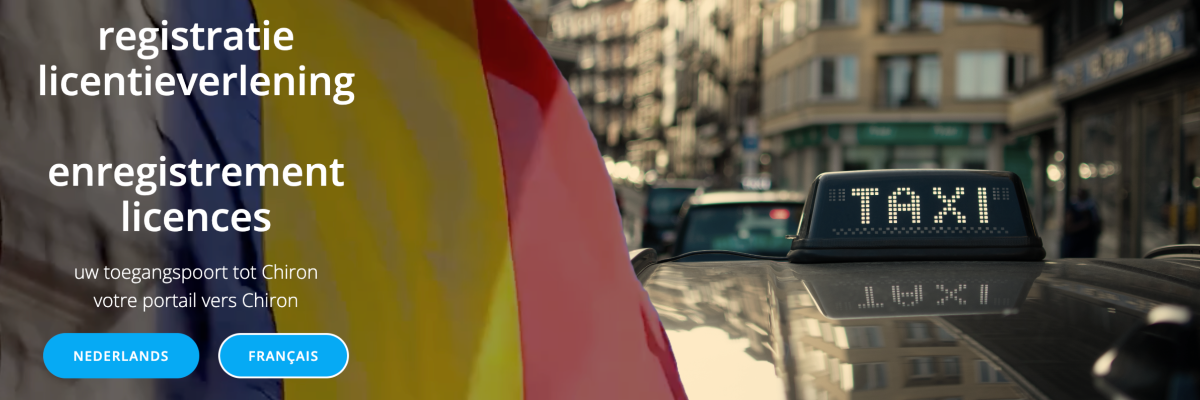Logistics traffic has a major impact on the quality of life and safety in our city.
The Belgian city of Ghent has committed to being a forerunner in the field of emission-free urban logistics by 2030, an ambition that makes the city one of the first in Flanders with such future plans. The so-called 'Urban Logistics Plan' focuses on freight transport within the R40, the ring road that encircles the city center. From 2030, deliveries in this area will have to be emission-free as much as possible.
The plan includes a phased approach, taking into account various variables such as the type of vehicle and the nature of the logistics flows. This is important because, for example, construction logistics often uses heavier vehicles than the vans that deliver parcels. Sofie Bracke, Alderman for Economy, emphasizes that the period until 2030 offers the logistics sector sufficient time to adapt. She also advocates a uniform framework from the Flemish government, so that the rules are the same throughout Flanders.
The underlying motivation of the Ghent initiative is comprehensive. It not only aims to improve the quality of life and road safety in the city, but also to guarantee accessibility and strengthen the economic fabric. This is no small task, considering that approximately 7.000 tonnes of goods enter the city every week via 40.000 journeys by vans and trucks, excluding construction logistics. In addition, between 10.000 and 20.000 parcels are delivered in the city center every day.

In addition to the focus on sustainable vehicles, work is also being done to reduce goods flows through bundling. Other points of attention are improving deliveries to traders and creating more space for logistics activities. Filip Watteeuw, Alderman for Mobility, states that the plan is a step in the right direction to reduce the major impact of logistics traffic on the quality of life and safety in the city.
The city of Ghent has already taken concrete steps. For example, a mini hub was opened this week on the Ham, which PostNL uses to make deliveries within the R40 with freight bicycles. In the near future, building materials will be supplied by water to the former FNAC building. Furthermore, Ghent has submitted an application to the Flemish government for three pilot projects to achieve these ambitious goals.
Read here the complete Urban Logistics Plan



